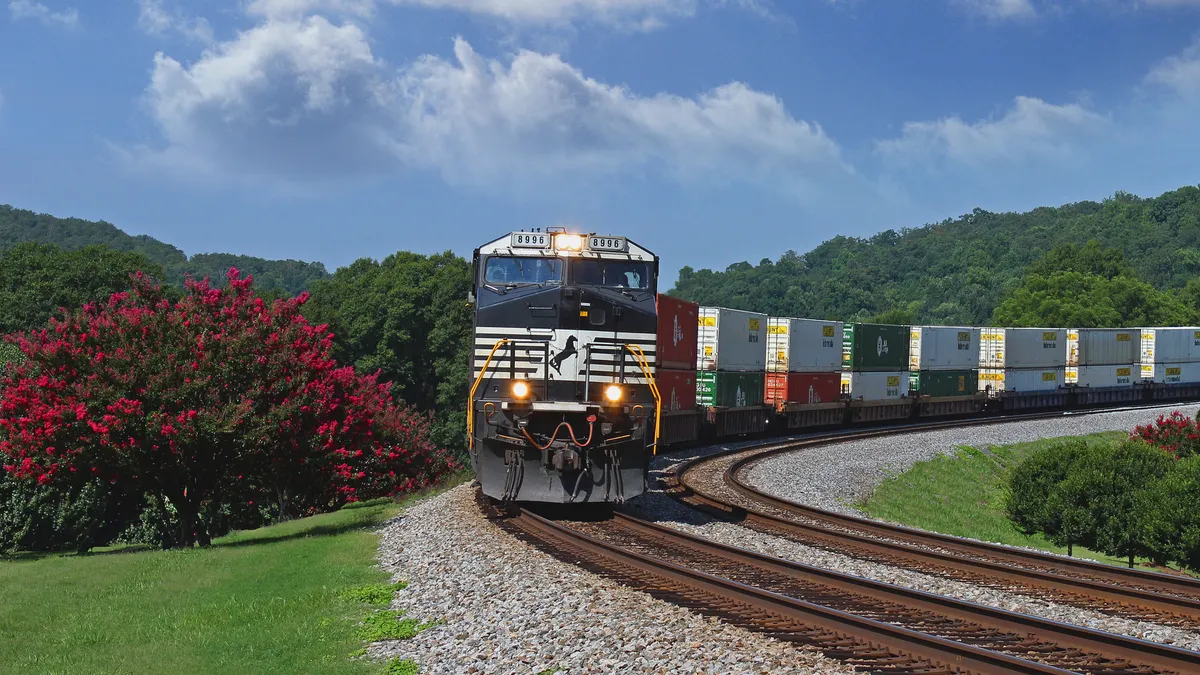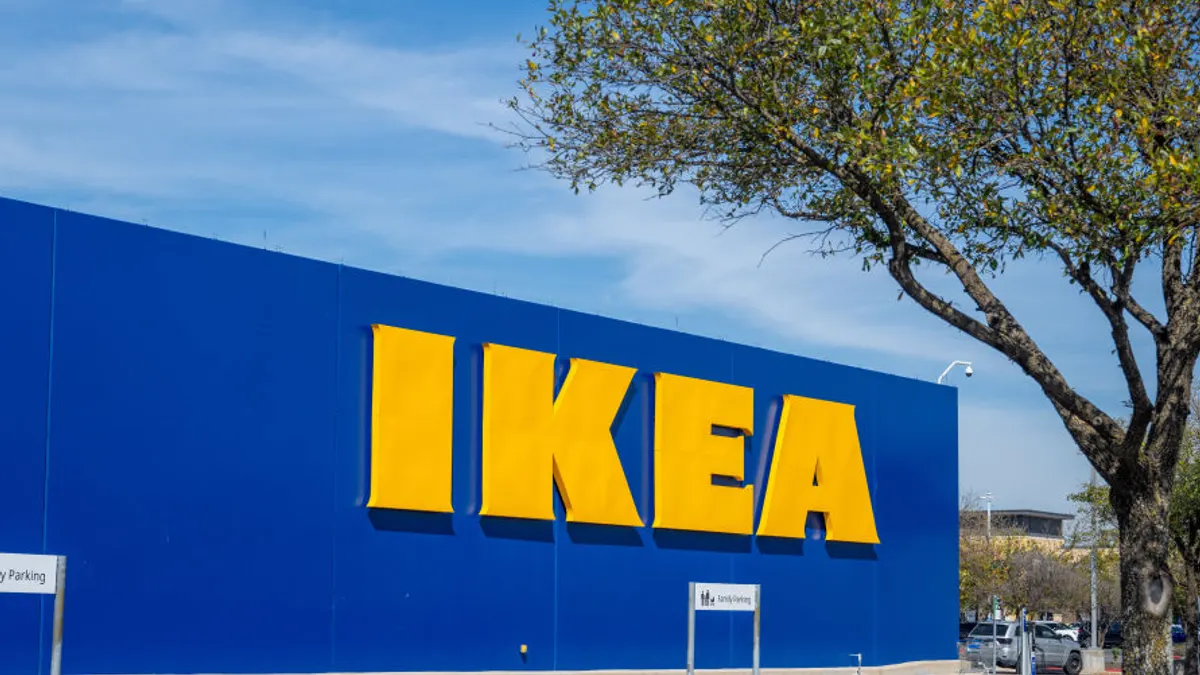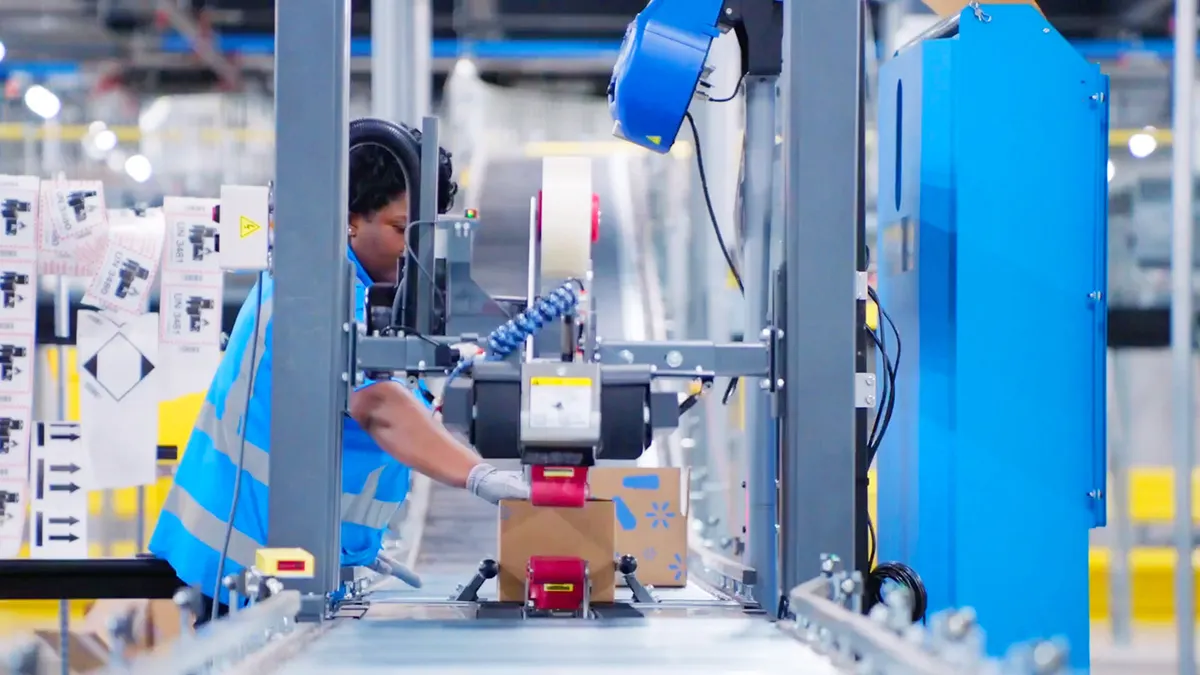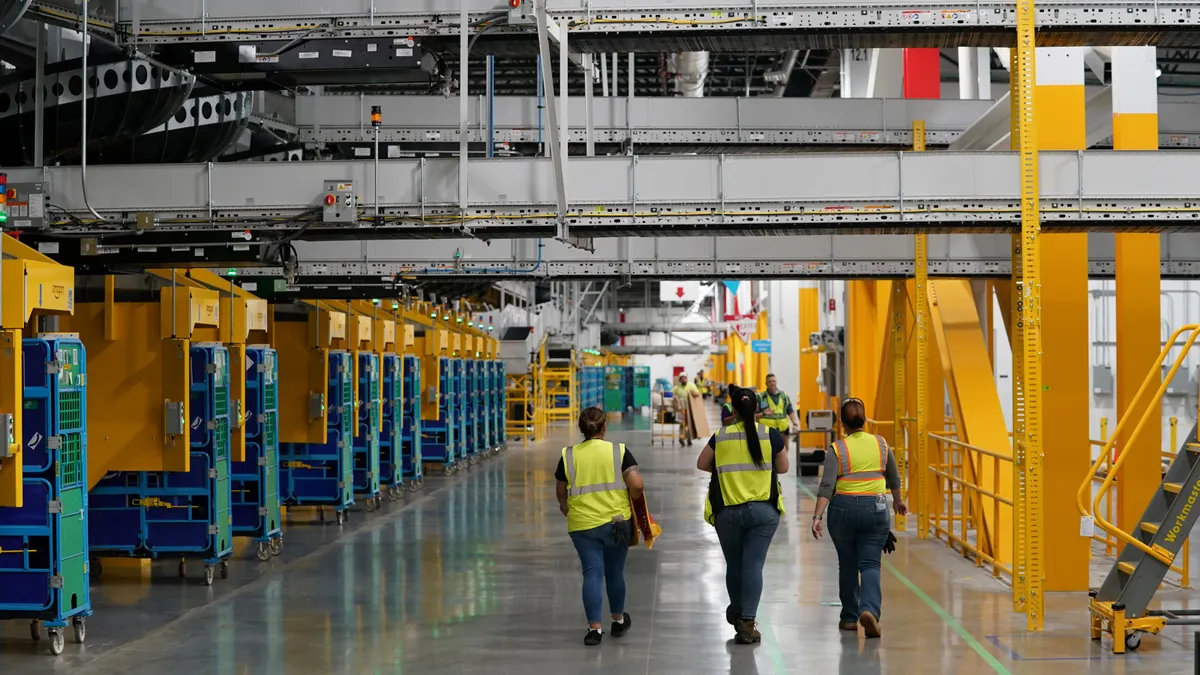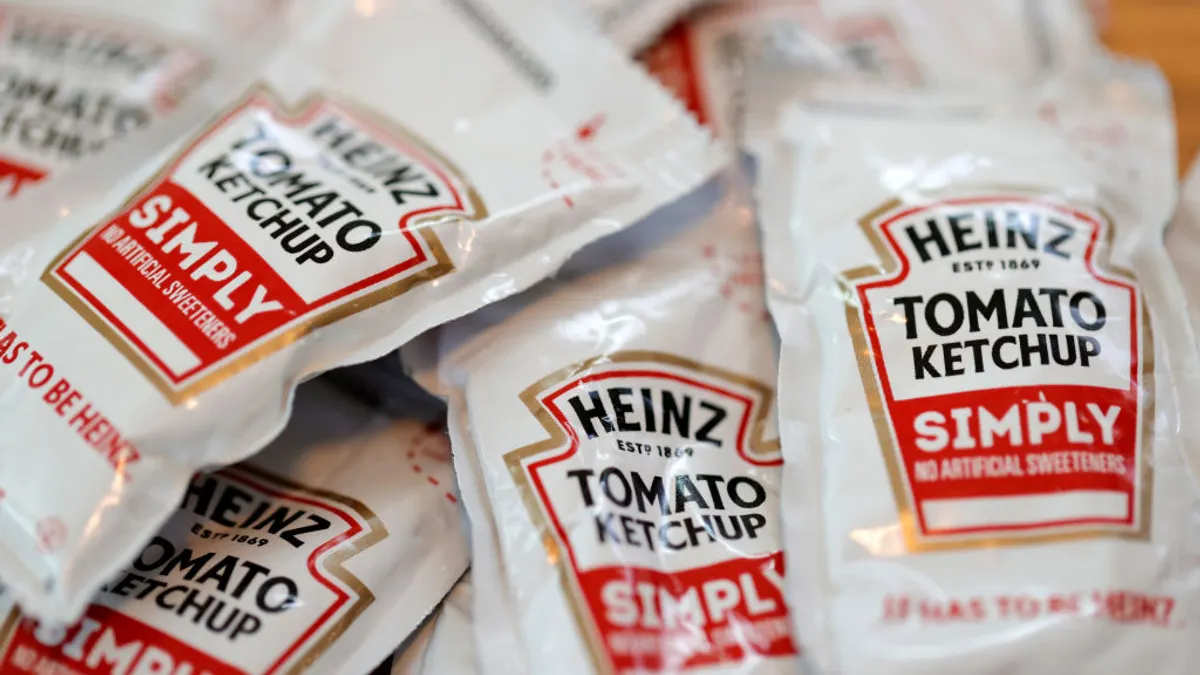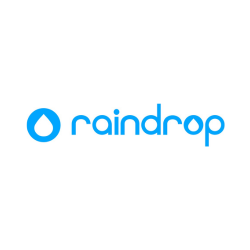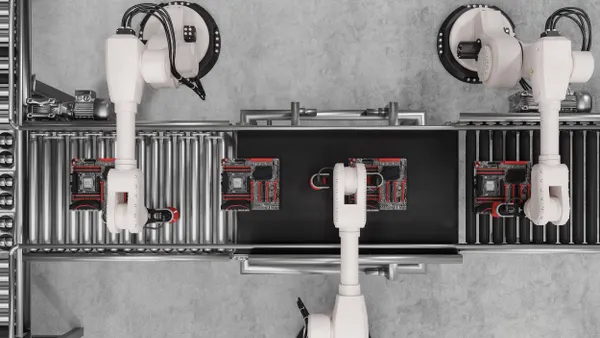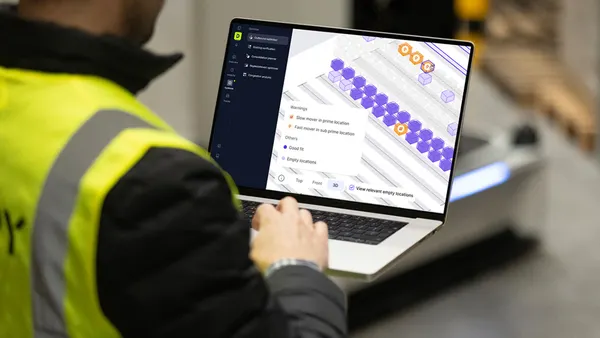Editor's Note: This article is part of a series on disrupting the freight forwarding process. All stories in this series can be found here.
One might compare freight forwarders to conductors. They arrange for the different players to do their parts, bringing them in at the right time and for certain functions, and overseeing the whole operation.
With so many companies involved, though, it can be difficult to track what’s happening without digitization. Using technology to make the shipping process more efficient and visible can keep operating costs down, and decrease duplicative efforts along the way, introducing errors.
For Cargocentric’s director of operations, Jason Ting, that’s what transparency and visibility does. He sees digitization of freight forwarding to include three parts: automation, data connectivity and data analysis.
From portals to integration
In the past 10 years, some freight forwarding companies have provided online customer portals, says Ting. “We don’t see as much value in that going forward,” he says. Many shippers are using inventory programs like QuickBooks or an ERP system. “If you’re a company, do you want to go to a customer portal or separate website to view where your shipments are? That’s not efficient,” Ting says.
Instead, it’s better to share data between the companies, finding a way for freight forwarders to push data to their customers’ ERP or inventory systems. While API software is mature in many other industries, as an easy way to share data between two software programs, it’s not yet mature for international logistics. Ting wants to seamlessly provide data to his customers, without them having to email or call. Then they could easily go onto whatever software they use to place orders and check inventory, while also tracking shipping.
However, freight forwarders are only one part of the puzzle of getting goods from points A to B. First, they have to be able to arrange the freight digitally. That means digitally booking containers and shipments with ocean carriers and airlines, as well as with truckers.
There’s still parts of importing that require at least some behind-the-scenes manual work.

Jimmy Ting
President, Cargocentric
“That is very difficult, because ocean carriers haven’t invested a lot of money in technology,” he said. While ocean carriers have EDI connectivity, this is a more dated way to share data. “API is more instantaneous,” he said. And while they’re able to connect to carriers, there’s no standard. Each carrier needs a custom integration, making it difficult. “If we’re trying to automate and digitize the booking process, we have to find a way to connect to them directly or through a third party.”
Air freight has become slightly easier to book, though each airline has its own EDI standard. Again, freight forwarders can connect individually to an airline, or use a third-party software company that connects to them all on one site. He hasn’t found a company that connects to both airlines and ocean carriers. Without using EDI or API, the freight forwarders need to pull schedules, see what’s available and then place an order.
Visibility opportunities and challenges
The second part of the visibility process is tracking. Different levels of tracking are already available. An example is the estimated time of departure or arrival. “Carriers will have “live” tracing, but really that’s the last known location,” Ting said. Going forward there’s talk of using GPS or cellular triangulation to know the exact location of a shipment in real time, even when it’s off the boat.
But all the steps along the freight forwarding route should be visible to shippers and freight forwarders. One hitch currently is drayage. It’s difficult to digitize or automate drayage because there aren’t national or large drayage companies, and they don’t offer EDI or API connectivity, says Ting. “That’s the last link to embrace technology,” he said. Freight forwarders typically use smaller, local companies for drayage. It’s harder for them to invest money in software technology, though GPS is readily available and internally the drayage companies use it to see where their trucks are. “Their data is there, they just need to share it.”
Plus, truckers aren’t all willingly moving over to digitization. It’s gotten easier with cell phones and smart phones. But not everyone is ready to convert. “Old school” drivers averaging in their 50s, are dropping out of the industry because of technology, said Josh Main, account executive at Truckstop.com. He said there’s a forecast of a single digit capacity decrease due to the electronic logging device (ELD) mandate that takes effect in December, 2017.
While there are a number of “Uber for trucking” type companies which schedule and coordinate loads via app, Main says it’s asking too much of truckers to transfer their business to a phone app. They need baby steps to evolve. “You can’t disrupt an entire industry when the demographic of the industry isn’t in the technology age,” he said. He doesn’t foresee full automation in the trucking industry for another five to ten years.
Drew McElroy, CEO and co-founder of Transfix, one of the “Uber for trucking” companies, disagrees. About the 50-something and older drivers, “they may be a little slower to adapt and require more training on the front end, but it’s not a prohibitive problem.”
Adding to visibility in the supply chain, Transfix tracks drivers using the app, which allows them pinpoint where the freight is at all times. “The owner of the cargo needs to know where you are,” McElroy said. While Transfix focuses on trucking in the U.S. and Canada, their goal is to be a global platform for any cargo movement in the future.
Whenever I talk to an importer, I preach connectivity. They don’t know they need it. They don’t see the value in it yet.

Jimmy Ting
President, Cargocentric
Another hitch along the automation route is customs and border compliance. The customs process and exams are not automated. Plus, customs has many departments that check imports, like teams for contraband, a trade team for markings and copyright infringement, a commodities specialty team for classification, and the FDA. Any of these teams can hold the shipment, requiring paperwork. Correspondence isn’t automated. If the trade team wants to see a licensing agreement, it’s done by email, requiring the freight forwarder or customs agent to upload documents on the customs’ portal.
“There’s still parts of importing that require at least some behind-the-scenes manual work,” says Ting.
Do shippers even care?
The good news is that freight forwarding isn’t going to live or die based on giving real-time data and visibility to its clients, Ting says. When most customers buy something from Amazon, they don’t trace every step of their shipment. “But we are evolving from visibility and transparency of where your goods are, to pushing that data — not having to go to a customer portal or read your email,” he said.
Ting thinks that it will be years before shippers and importers care about visibility and transparency to switch to a freight forwarder providing that, or for a company to automate their own business to adopt that practice. “Whenever I talk to an importer, I preach connectivity. They don’t know they need it. They don’t see the value in it yet,” Ting says.






